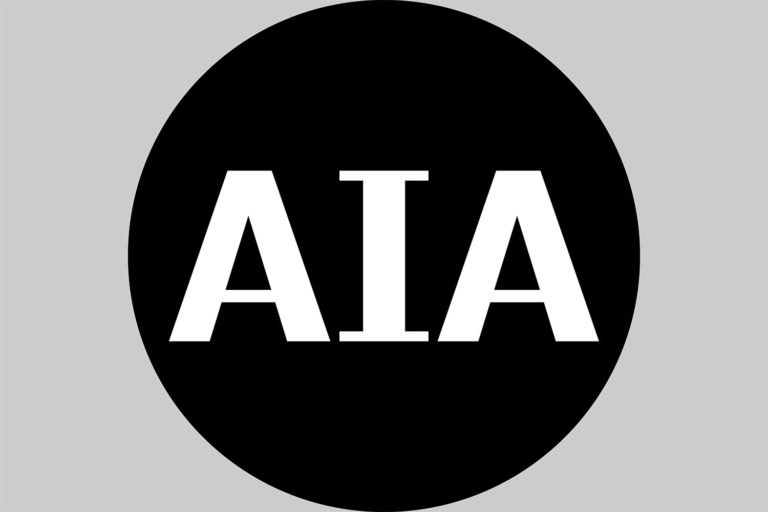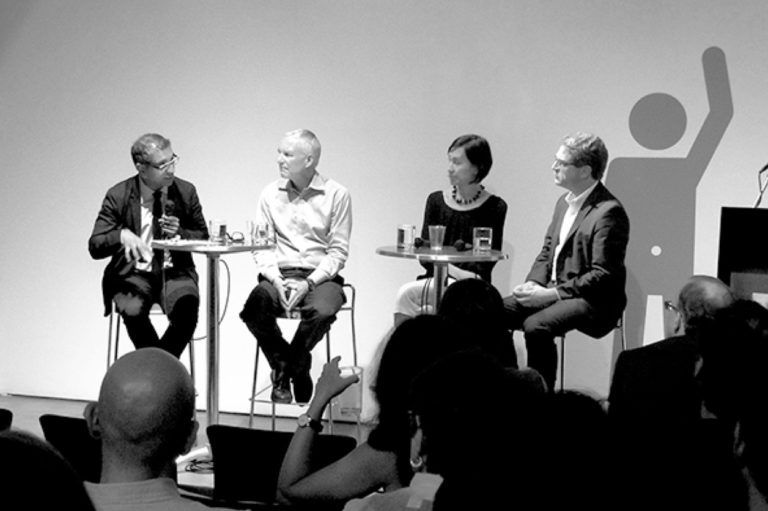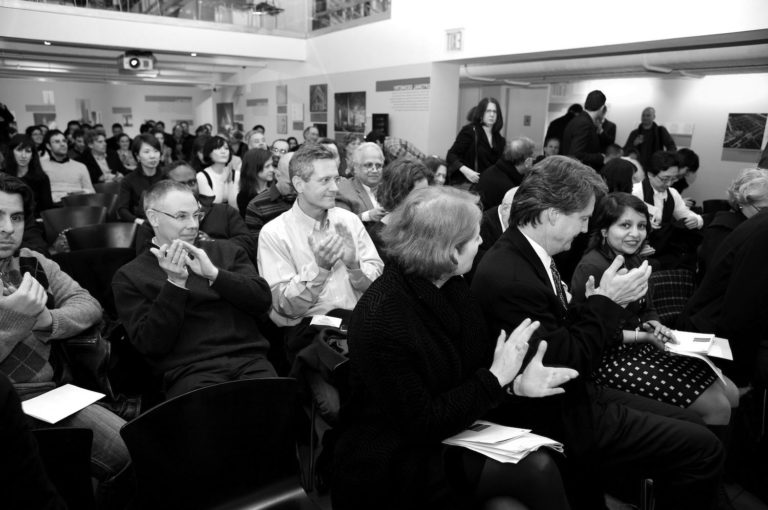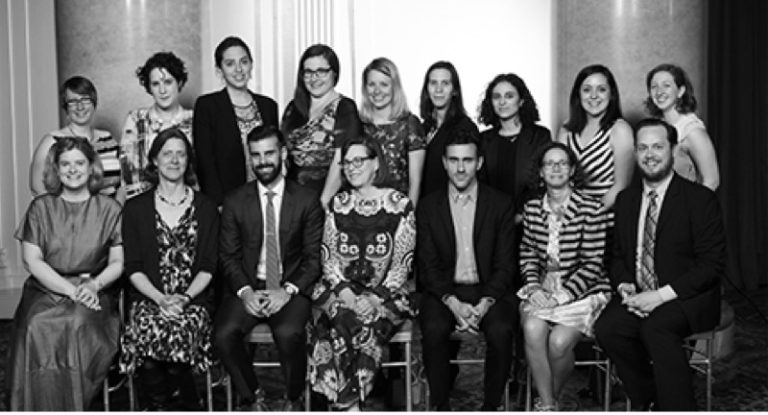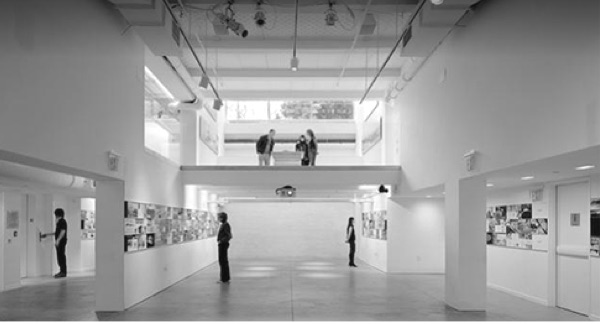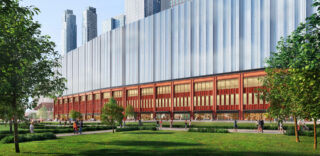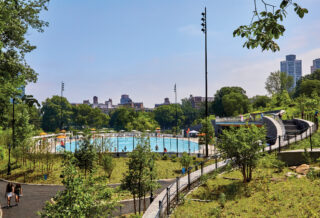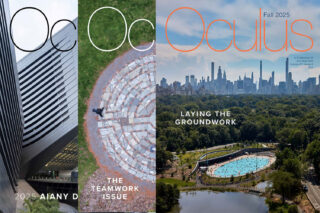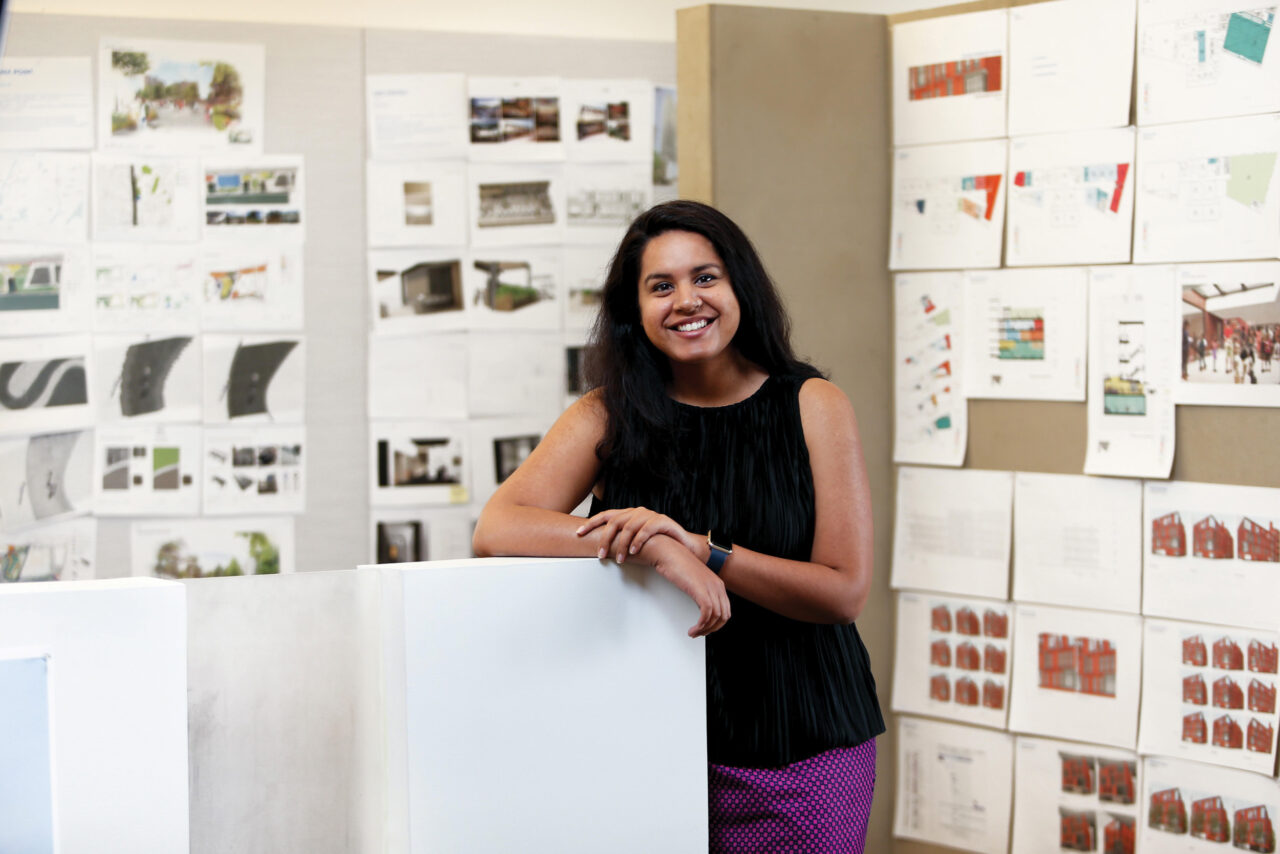
Many cities are responding to climate change by creating flood protection plans for vulnerable urban areas. But we need to think more broadly about flood defense—it’s more than just drawing a line on a map. While zones of protection are often represented as lines, we could flip the script: since they occupy physical space in our cities, why not consider these borders as design opportunities for creating public places? In this way, we can embrace future climate change responses by turning urban shorelines into shore-places.
While flood defenses protect the properties and places within their boundaries, they should also be considered as opportunities to create public spaces that reinforce cultural identity, promote equitable access to the waterfront for all, and provide educational opportunities for future generations. As designers and planners think beyond the “line,” we can transform flood protection systems into floodable open spaces—raised berms, accessible ramps, flood walls integrated into landscapes and buildings, elevated lower levels of buildings, and more. Each of these elements contributes to the public life of cities and can serve as tools to create richer public realms.
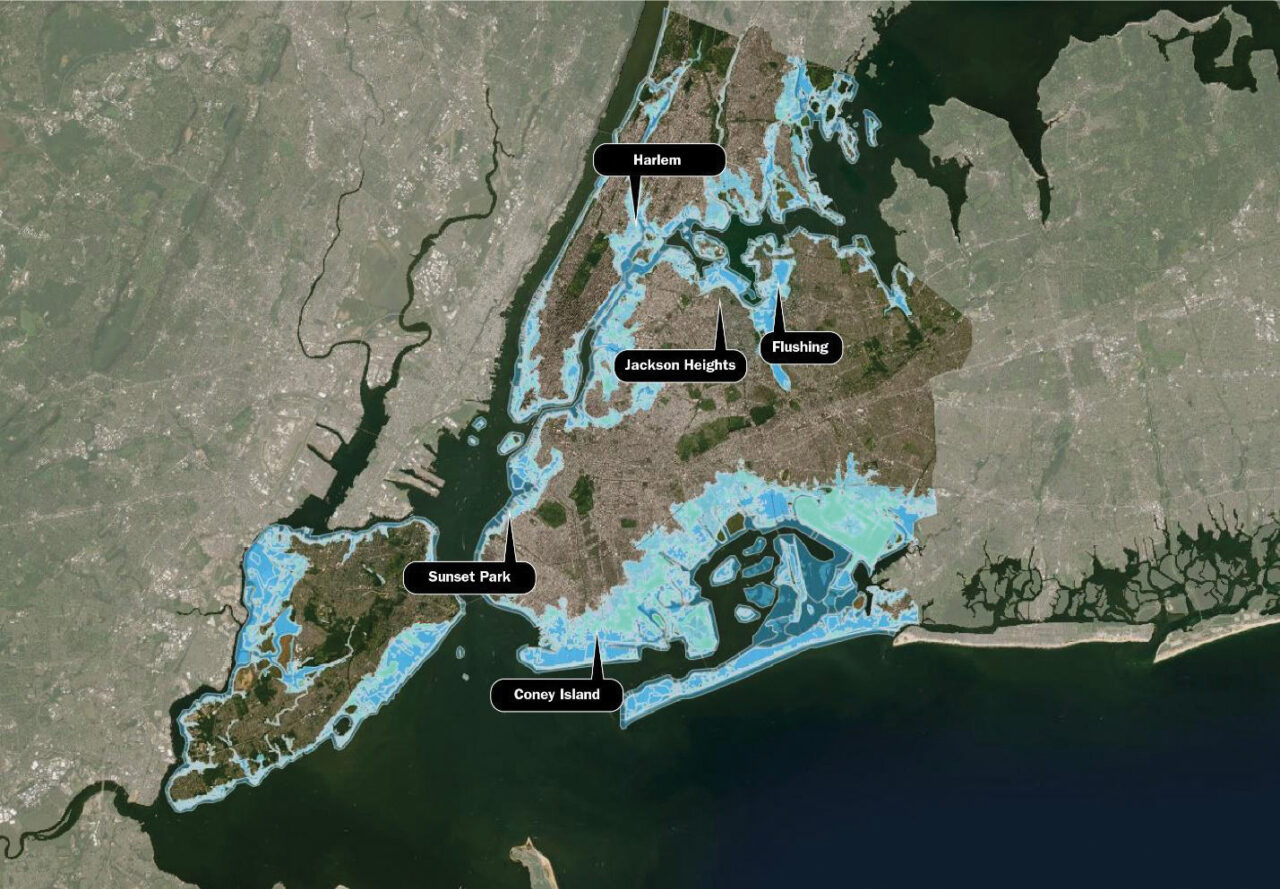

Efforts like this are already providing much-needed public space in Lower Manhattan, especially in neighborhoods with limited open space, such as the Lower East Side, Chinatown, and the East Village. It is imperative that we continue to emphasize the rich cultural history of these largely immigrant neighborhoods, which are vulnerable not only to coastal flooding, but also to cloudbursts and pluvial flooding. For example, the new Pier 107 in East Harlem is raised for resiliency and also incorporates flexible spaces and seating areas based on community input. The primarily Latinx community in East Harlem expressed a desire for gather-ing spaces for salsa nights and fishing along the edge of the pier. These spaces were included to reflect and celebrate the cultural identity of the neighborhood and its local population.
By integrating shore-places with design features that address gaps in local amenities—such as play areas, parks, and community facilities—while also offering educational opportunities for future generations to learn about climate change and its impact on the urban environ-ment, we can create a more resilient and inclusive city for all residents.
